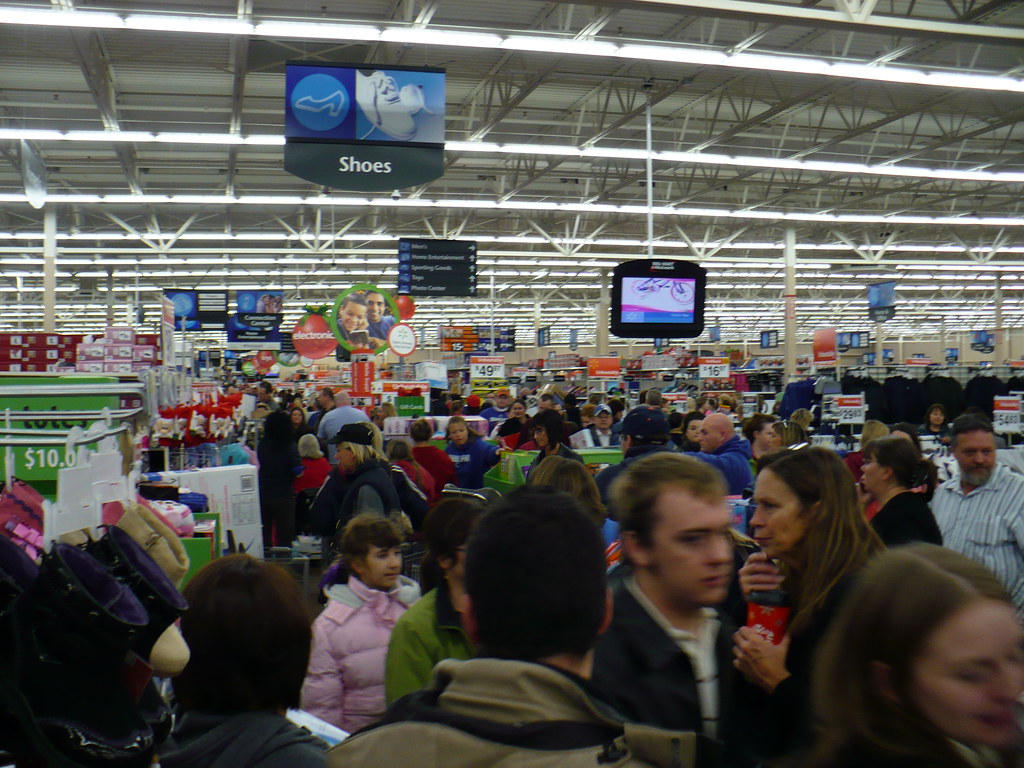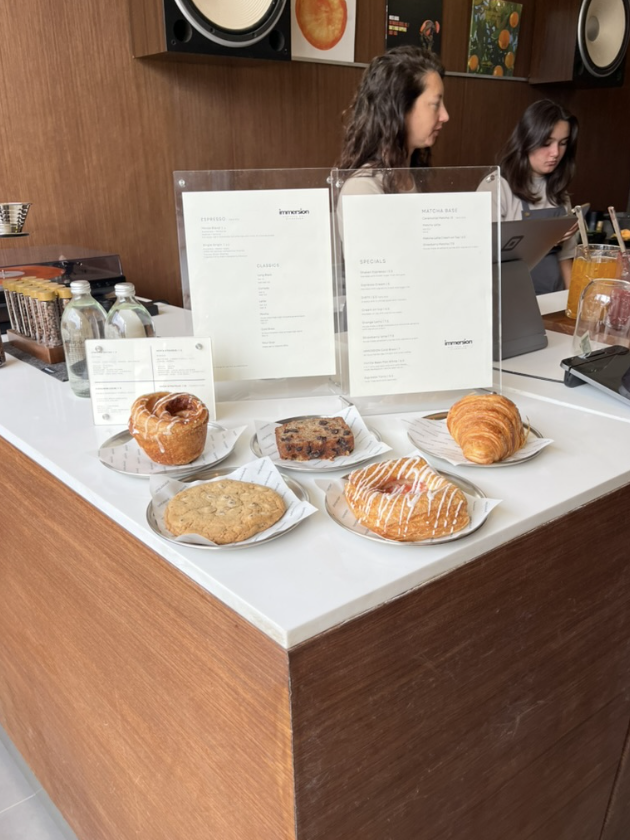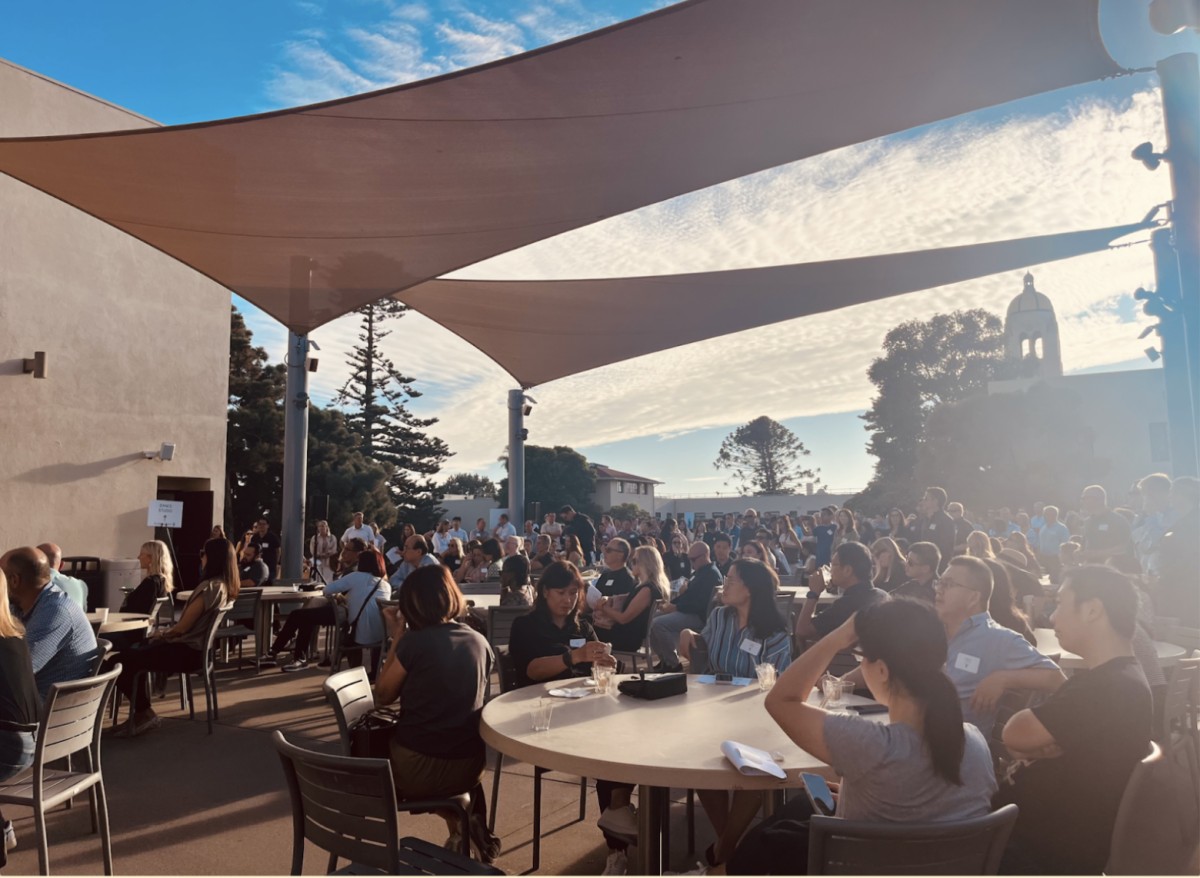Long lines of shoppers outside of Best Buy at 4:00 in the morning, fights over the last item on a clearance rack, and people balancing 10 shopping bags in each hand are all familiar scenes associated with only one day: Black Friday.
The day after Thanksgiving is the “hallmark celebration of American consumerism,” as J. Edward Moreno and Santul Nerkar put it in the New York Times (NYT). But in recent years, most evident this year, the familiar chaos of malls and stores was missing due to a rise in online shopping. Out of the $9.8 billion Black Friday made in sales, $5.3 billion came from mobile shopping.
The term Black Friday originated in the 1960s. According to the NYT, Philadelphia police officers came up with the term to describe the craziness of the Friday after Thanksgiving. This day was also the day before the Army-Navy College football game, where the officers were often overwhelmed as people stormed retailers.
Since then, companies have taken advantage of this craze and this history has been largely forgotten, replaced with the idea that the day is called Black Friday, as the ‘black’ refers to a business making profit, compared to red which usually signifies losses or being in debt for a business. Black Friday is also the first day of Cyber Week which ends on Cyber Monday.
This year’s Black Friday was still largely successful, but it was mainly online. The rise in online shopping is caused by the pandemic. With the lockdown, online was the only way to shop, and many have not made the shift back to in-person shopping.
This rise in online shopping makes sense as it is often easier to compare prices and find the best deals in one place. Mastercard’s, a credit card company, analysis of Black Friday showed that in-store sales only rose about 1% while online sales rose over 8% compared to last year.
Reese Cohen (‘24) noted that she prefers online shopping to in-person shopping, especially on Black Friday. She thought that Black Friday shopping is “so much easier to do online.”
Online sales also started much earlier this year. Retailers like Macy’s and Amazon began launching sales in October. This takes away from the allure of Black Friday being on a single day. There is a lack of incentive to go to a mall on the day because stores’ sales have been going on for a few weeks already.
The reason for the earlier sales are due to an effort to “target early demand,” according to the NYT. Shoppers spent 5% more money online in the first 20 days of November as compared to last year, according to Adobe Analytics, reported by the NYT. People took advantage of these early sales. However, sales on Black Friday and throughout Cyber Week still reached all-time highs.
According to Adobe Analytics, reported in CNBC, shoppers spent $9.8 billion in online sales on Black Friday, up 7.5% from last year. On Cyber Monday, the culmination of Cyber Week, a record $12.4 billion was spent, up 9.6% from last year, according to Axios.
The spike in purchasing shows a consumer who is willing to spend more. The spike is also likely due to less inflation, as in October overall prices dropped 6% according to USA Today.
A large portion of Black Friday sales, $5.3 billion, came from mobile shopping. This shows the effects of social media advertising and influencers according to CNBC. Consumers are more comfortable buying items from their phones as compared to in-store shopping, presumably buying off social media ads. In addition to that, many consumers opted to the “Buy Now, Pay Later” option, operated by companies like Klarna and Affirm. This option allows for users to purchase an item and choose a payment plan to pay for it. CNBC reported that $79 million in sales came from this, up 47% from last year, showing that consumers are more price-sensitive.
A record of over 200 million people made purchases over the Cyber Week. The National Retail Federation reported that out of those shoppers only 121.4 million visited physical stores, slightly less than the 122.7 million in 2022.
Anna Baldson (‘24) did not shop in-store on Black Friday this year. Instead, she opted to shop in person during “the week of Black Friday because there are still deals before and after the actual day,” and on Black Friday she shopped online.
Anna was one of the 134.2 million online shoppers this year. This number rose from 130.2 million in 2022. She noted that the struggle with online shopping is that you can not try it on.
Black Friday’s in-person turnout showed that online shopping is on the rise. People are turning to the straightforward and streamlined shopping that the internet offers. Black Friday might never return to its original chaos.








